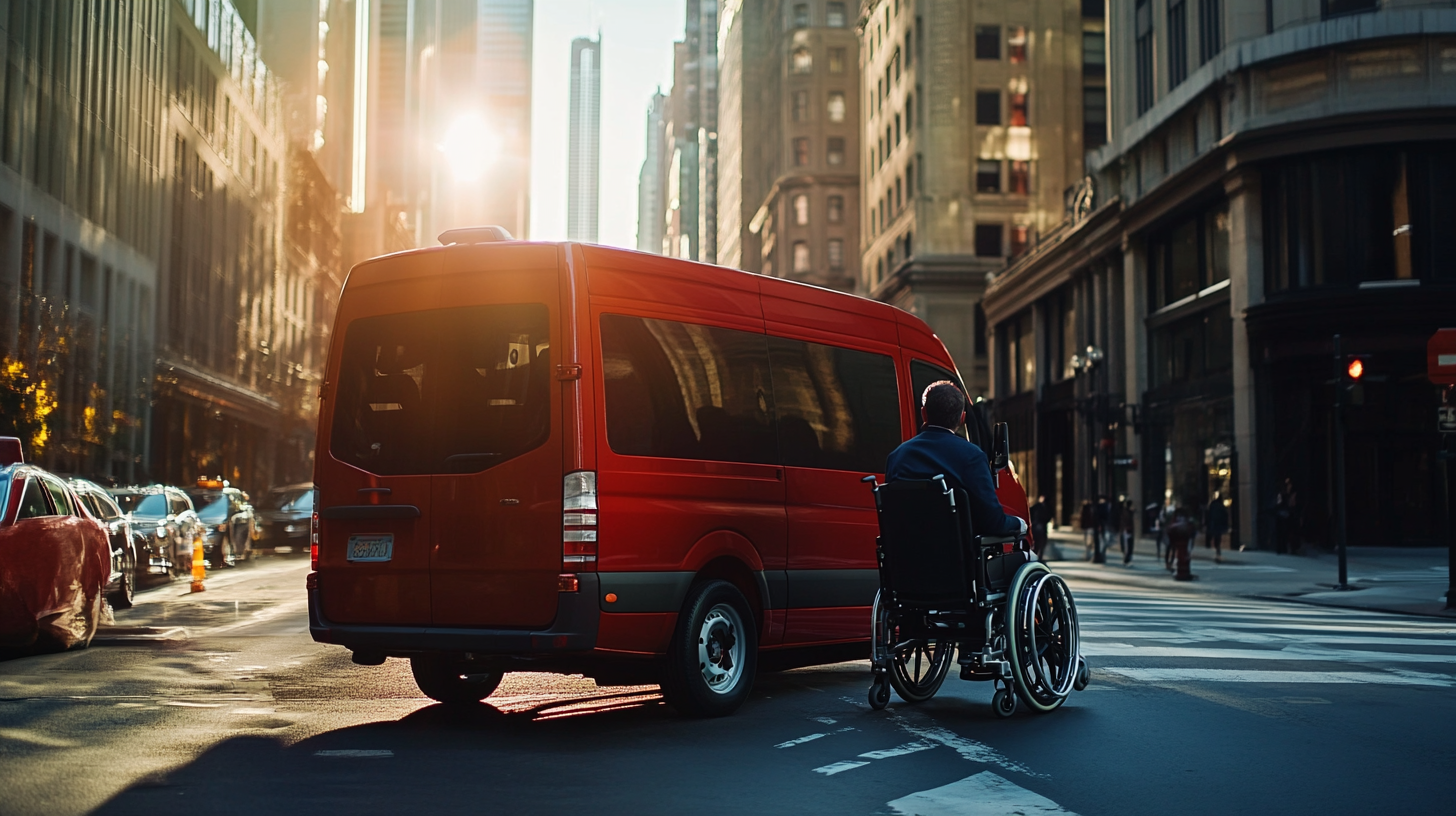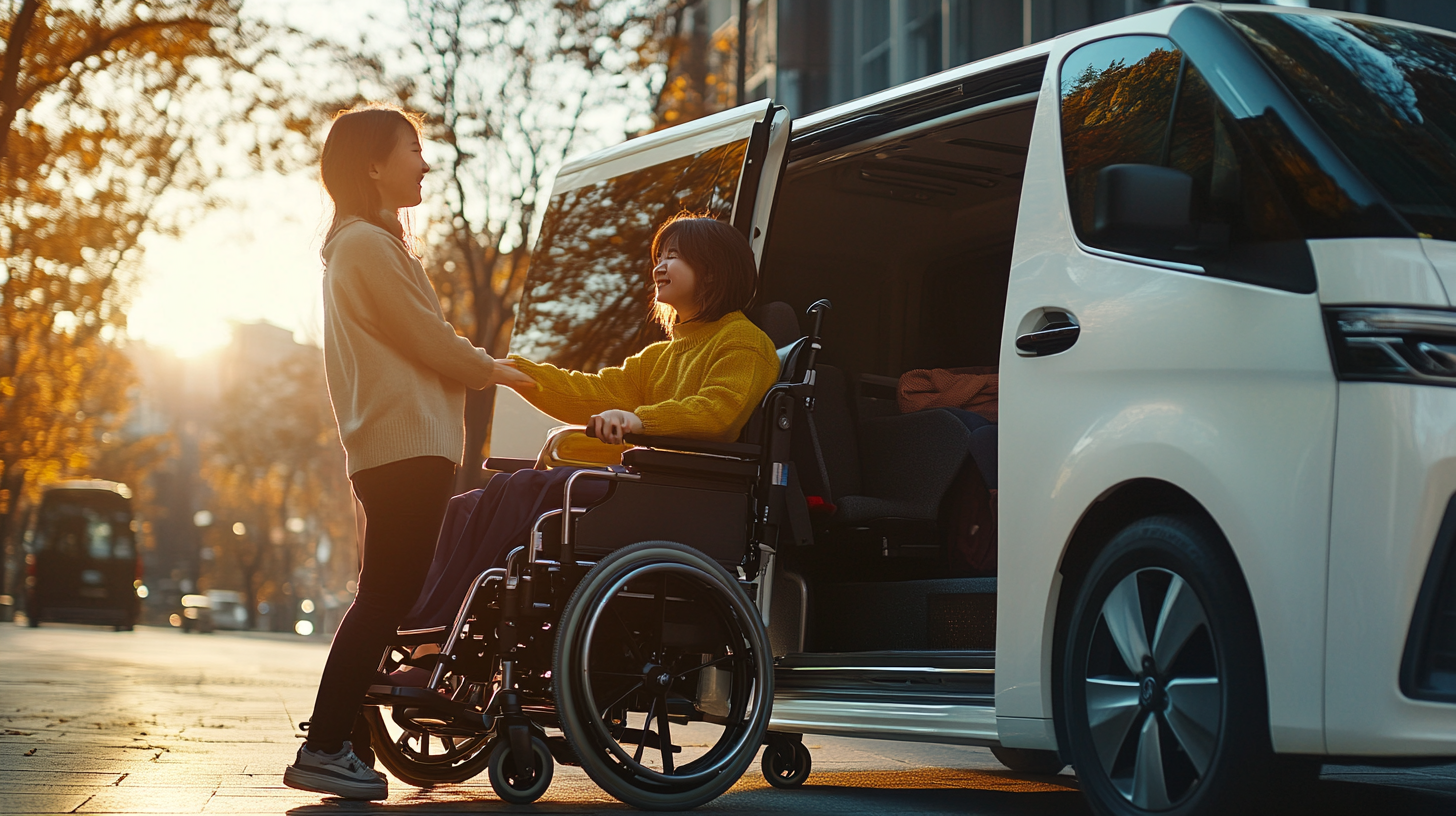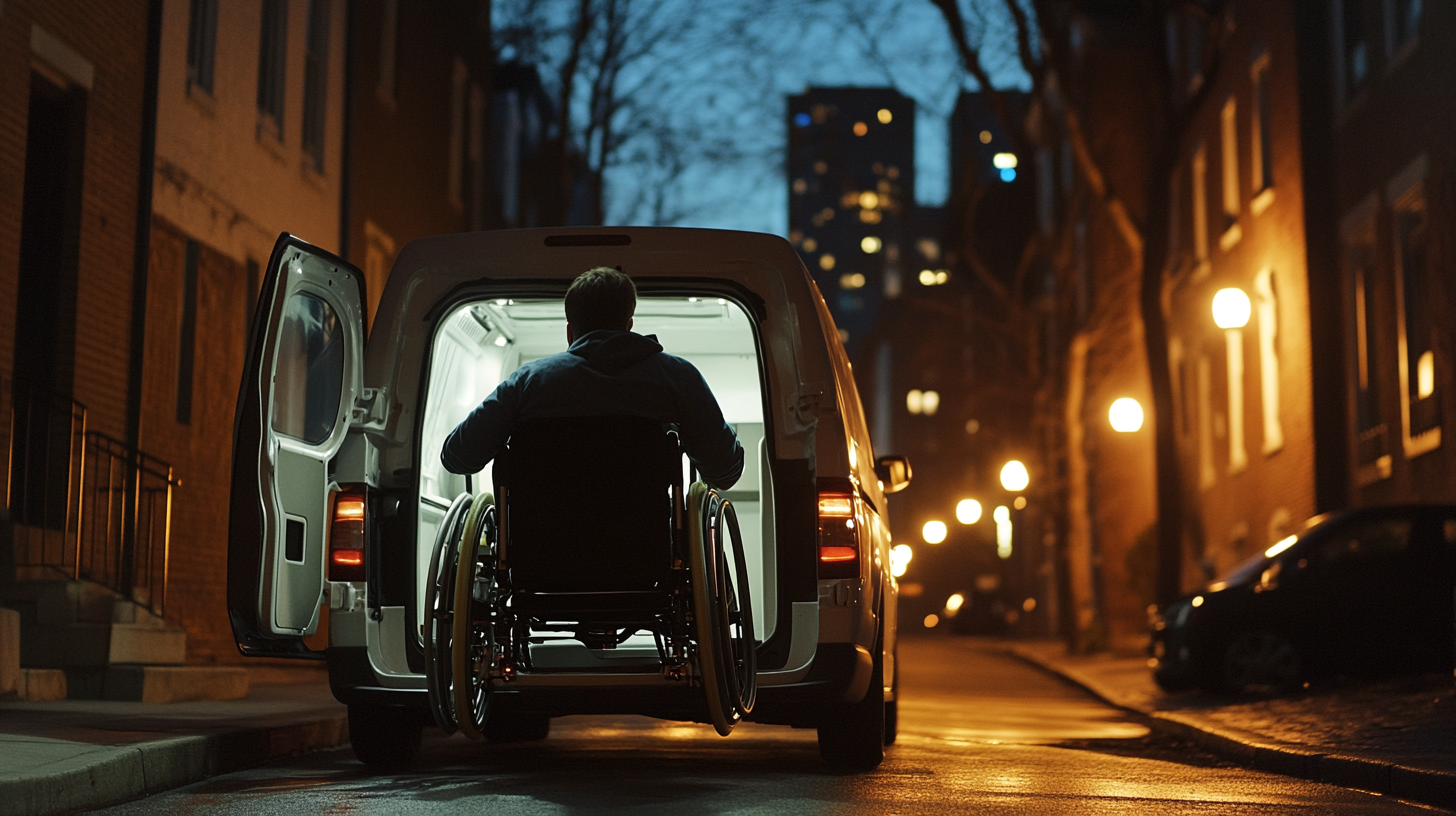Revolutionizing Mobility with Wheelchair Vans Transforming Lives and Accessibility with Data Driven Insights
In recent years, the evolution of mobility solutions has gained significant momentum, particularly for individuals with disabilities. One of the most transformative innovations in this field has been the advent of wheelchair vans. These specially designed vehicles not only enhance the independence of users but also redefine what it means to experience freedom on the road. By offering easy access and versatility, wheelchair vans have empowered countless individuals to participate more fully in their communities, ensuring that transportation barriers are gradually dismantled.
Moreover, the integration of data-driven insights into the design and functionality of wheelchair vans is taking this transformation a step further. By analyzing user needs and preferences, manufacturers can create vehicles that are not only accessible but also tailored to enhance the overall experience for their riders. This holistic approach to mobility is crucial in fostering inclusivity and improving the quality of life for many. As we delve deeper into the synergy between wheelchair vans and technology, it becomes clear that the path to greater accessibility and independence has never been more promising.

The Evolution of Wheelchair Vans: A New Era in Accessible Transportation
The evolution of wheelchair vans marks a pivotal shift in accessible transportation, ushering in a new era that prioritizes mobility for all. As communities worldwide strive to create inclusive environments, wheelchair vans are at the forefront, equipped with advanced technology to facilitate easy access for individuals with disabilities. These modern vehicles are not just about transportation; they represent a fundamental change in how society views mobility, emphasizing equality and independence for disabled individuals.
Moreover, the integration of data-driven insights enhances the functionality of wheelchair vans, allowing for personalized modifications that cater to diverse needs. Recent advancements in transportation technology indicate a growing awareness of the importance of accessibility. While we witness big strides in the automotive industry, we must also acknowledge that the journey towards fully inclusive transportation systems is ongoing. By merging innovative designs with user-centric features, the new wave of wheelchair vans transforms lives, breaking down barriers that have historically hindered mobility.
As we explore this evolution, it's crucial to recognize the intertwined challenges of disability and poverty. Despite the legislative achievements over the past two decades, financial and physical barriers remain prevalent for disabled individuals. Addressing these challenges is essential for ensuring that everyone can benefit from advancements in accessible transportation, reinforcing the notion that mobility should be a fundamental right for all. With continued efforts to evolve and adapt, we can create a more accessible world, making it possible for everyone to navigate their communities with dignity and ease.

Enhancing Mobility: The Importance of Data-Driven Solutions in Wheelchair Van Design
In recent years, the wheelchair van industry has begun to embrace data-driven solutions to enhance mobility for individuals with disabilities. With an estimated 3.6 million Americans relying on wheelchairs for mobility, the demand for accessible transportation continues to rise. According to a report from the National Institute on Disability, Independent Living, and Rehabilitation Research, nearly 1 in 5 Americans living with disabilities also face significant mobility challenges, highlighting the urgent need for design innovations in wheelchair vans.
Data-driven insights play a crucial role in the design and functionality of wheelchair vans. By analyzing user feedback and driving patterns, manufacturers can customize features that cater specifically to the unique needs of wheelchair users. For instance, a recent industry survey found that 70% of wheelchair users would benefit from enhanced ramp systems that accommodate a wider range of wheelchairs and scooters. Furthermore, integration of smart technology—such as automated lifting mechanisms and advanced navigation systems—can further improve safety and ease of access, as cited in the latest Allied Market Research report, which projected the accessible vehicle market to reach $9.6 billion by 2026.
Moreover, utilizing predictive analytics helps manufacturers anticipate future trends and requirements. As older adults increasingly opt for wheelchair accessibility, a comprehensive understanding of demographic data—such as the projections indicating that by 2030, 20% of the population will be aged 65 and older—allows businesses to innovate proactively. This alignment with market needs not only supports better lifestyle integration for users but also enhances overall industry growth, ensuring that wheelchair vans can genuinely transform lives and promote greater independence for individuals with mobility limitations.

Real Life Impact: How Wheelchair Vans Are Transforming Daily Lives for Individuals with Disabilities
Wheelchair vans are making profound differences in the lives of individuals with disabilities, enhancing not just mobility but also independence and social interaction. These vehicles are designed with accessibility in mind, featuring ramps, lifts, and spacious interiors that allow wheelchair users to travel comfortably. This transformation is not merely about transportation; it's about enabling individuals to participate fully in their communities, from attending work and school to engaging in social events and family gatherings.
Real-life stories from users showcase the impact these vans have on daily routines. For instance, a young student who previously faced challenges getting to school can now arrive on time with newfound ease, paving the way for a more engaged academic life. Similarly, parents of children with disabilities report significant improvements in family outings and activities, as the convenience of wheelchair vans facilitates spontaneous adventures that were once considered daunting.
Data-driven insights are further improving the design and functionality of these vehicles, ensuring they meet the evolving needs of users. Innovations in technology and comfort cater directly to feedback from the disabled community, leading to enhancements that prioritize safety and usability. Ultimately, wheelchair vans not only break down physical barriers but also help create a more inclusive society where everyone can thrive.

Addressing Accessibility Gaps: The Role of Technology in Improving Wheelchair Van Features
The rapid advancement of technology has significantly influenced the way we design and utilize wheelchair vans, making transportation more accessible for individuals with mobility challenges. By leveraging data-driven insights, manufacturers can understand the unique needs of users and identify accessibility gaps that have traditionally hindered full mobility. This not only informs the design of features like ramps and securement systems but also enhances the overall user experience.
Modern wheelchair vans are equipped with sophisticated technologies that cater to the specific requirements of passengers. Features such as automated ramps, customizable seating arrangements, and enhanced navigation systems have emerged as game changers in the industry. Data analytics plays a crucial role in this process, enabling manufacturers to gather feedback from users and iterate on designs based on real-world usage and preferences. This approach ensures that the vans are not just functional but also comfortable and intuitive to use.
Moreover, the integration of smart technology into wheelchair vans is paving the way for improved safety and efficiency. Systems that monitor vehicle performance, provide route optimization, and alert drivers to potential hazards are transforming the way we think about accessible transportation. By focusing on these technological advancements, we can help dismantle long-standing barriers and create a more inclusive society where mobility is not a privilege but a right for everyone.
Future Trends: Innovations Shaping the Next Generation of Wheelchair Vans and Mobility Services
The landscape of mobility is undergoing a remarkable transformation, particularly in the realm of wheelchair vans and mobility services. Innovations are emerging that not only enhance the functionality of these vehicles but also significantly improve the quality of life for those who rely on them. One of the most compelling trends is the incorporation of advanced technology and data analytics to create more personalized transport solutions. By leveraging real-time data, manufacturers can optimize the design of wheelchair vans to better accommodate users’ needs, ensuring that accessibility and comfort are at the forefront of development.
Another major advancement is the integration of electric and autonomous driving technologies into wheelchair vans. Electric vehicles offer sustainable alternatives that reduce the environmental impact of transportation, while autonomous driving capabilities promise increased independence for users. This fusion of tech not only caters to mobility challenges but also addresses safety concerns, providing peace of mind for users and their families. As these innovations take shape, mobility services can become more adaptive, offering on-demand transport options that cater to a diverse range of needs.
Lastly, the role of community input in shaping these upcoming innovations cannot be overstated. Engaging with users and healthcare professionals can lead to more intuitive designs and better service delivery. By actively involving the community in the development process, companies can ensure that the next generation of wheelchair vans is truly reflective of the users’ needs, ultimately leading to a more inclusive mobility landscape.